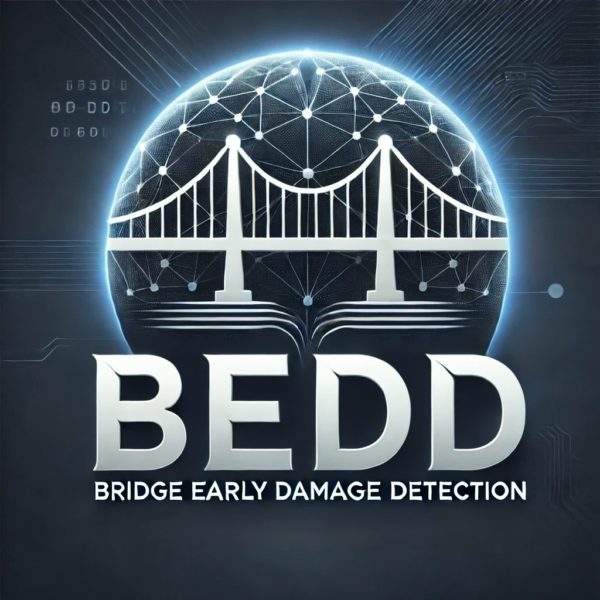Integration of Artificial Intelligence Techniques and Parametric Models for the Monitoring of Bridge Degradation and Damage
To ensure the safety and extend the service life of existing infrastructure, advanced monitoring methodologies are used to verify structural health and assess the effectiveness of interventions aimed at mitigating vulnerability. These strategies aim to identify early signs of degradation or malfunctions in structures, allowing intervention before critical thresholds are reached. Based on these premises, the primary objective of the BEDD project is to define an innovative methodology for monitoring, through automated visual inspections, to assess surface degradation and damage to bridges, with a particular focus on historical masonry structures.
Additionally, the project aims to develop a model, adapted to the disciplines involved, that integrates the AI-based mathematical model with the parametric HBIM model. This is the project’s strength, as the integration of BIM procedures for the digital representation and topological connection of information, combined with advanced AI techniques for conducting non-invasive inspections, enables predictive maintenance and ensures efficient management of structures through the creation of a predictive model. The project’s goals will be achieved through the complementary and sometimes cross-disciplinary expertise of the two research units.
Call: Cascade to State Universities and EPR Program: PE RETURN – Multi Risk Science for Resilient Communities under a Changing Climate (code PE00000005 – CUP E13C22001860001) – National Recovery and Resilience Plan (PNRR) – Mission 4, Component 2, Investment 1.3 – funded by the European Union – NextGenerationEU
Partner: ICAR – ITC (L’Aquila office)
Period: 06/21/2024 – 08/31/2025
Project Coordinator: Agostino Forestiero

